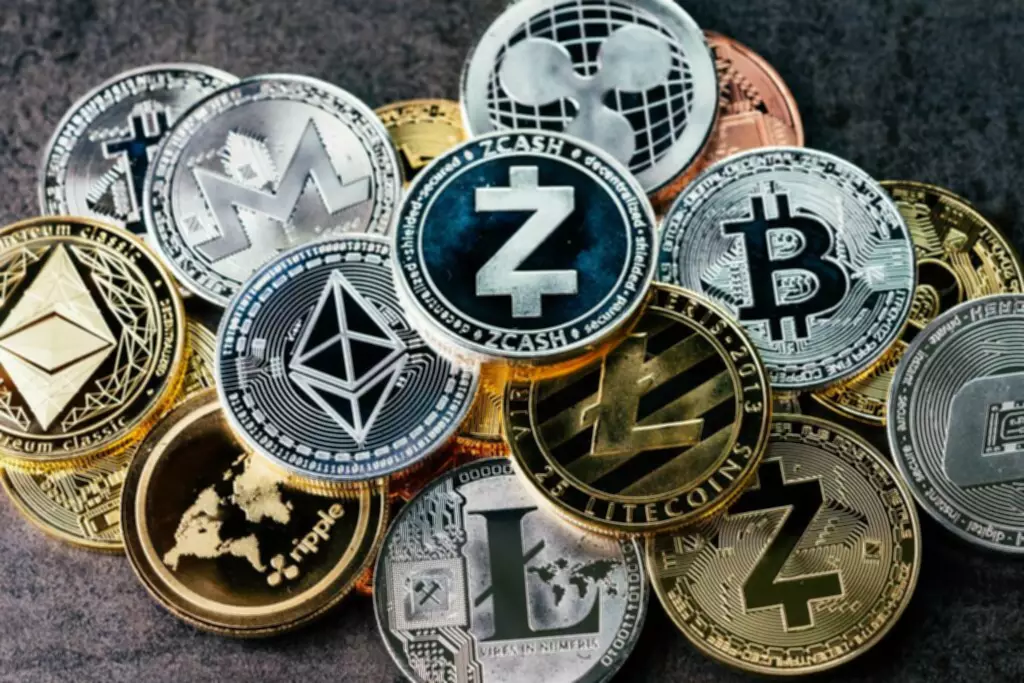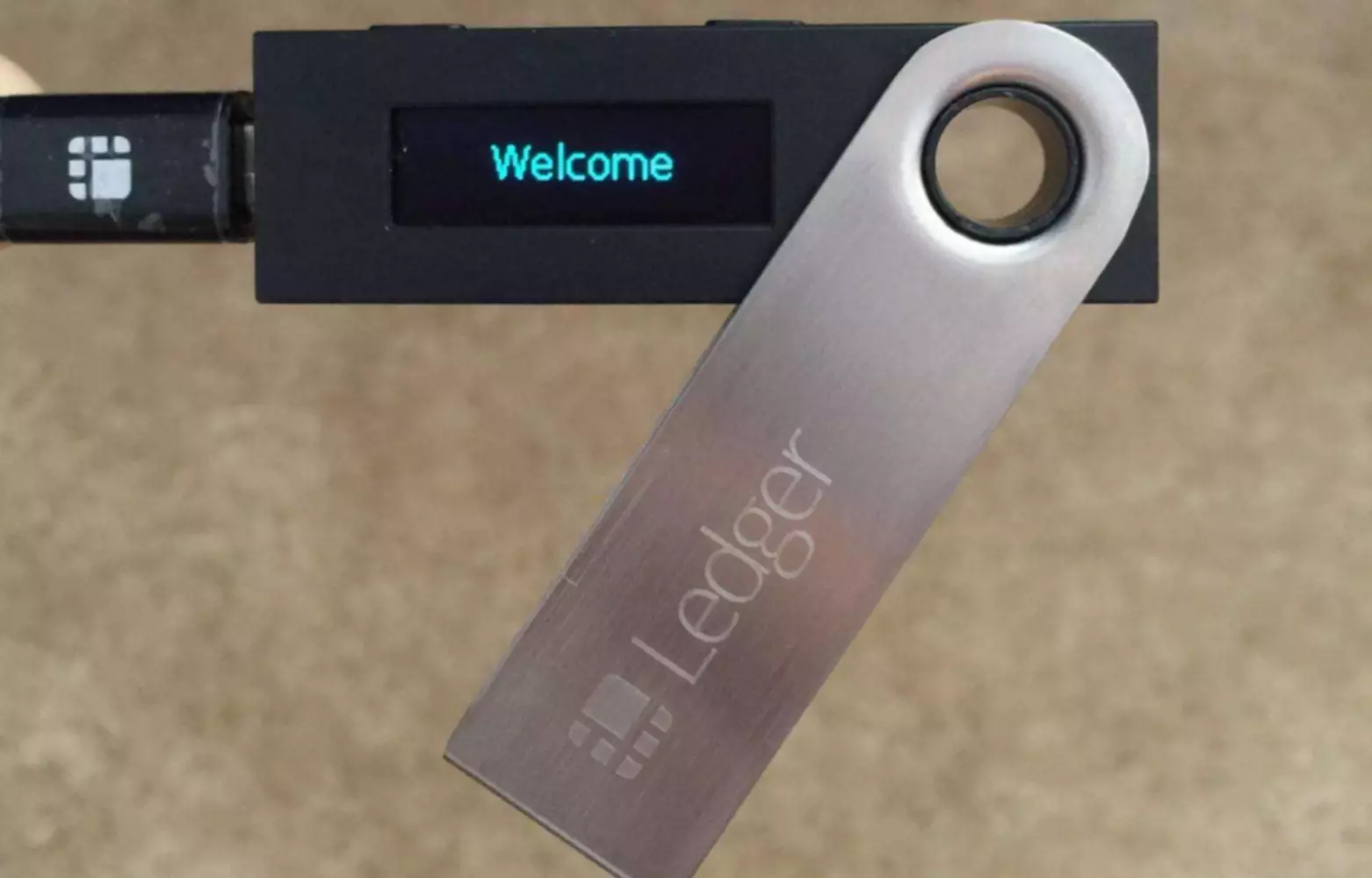Содержание
I promise I will, but it’s impossible to talk about blockchain without taking a look at the application it was originally built for — bitcoin. Without the private key, it is impossible to verify transactions to the public address. This private key never gets shared with outsiders which means multiple complex formulas stand between a user’s private key and their public address. Without blockchain, systems use a variety of information like names, addresses, card numbers, and social security numbers to verify transactions.
Aside from the increased security offered by private blockchains, they are also much more cost efficient since much less computing power is required to verify transactions in a smaller network. When miners verify a transaction, that record is shared with every other party in the blockchain as part of the decentralized ledger. You can record property data and even build in digital rules — called smart contracts — that, once fulfilled, allow the system to automatically transfer a property title or money for purchase. Early on, blockchain users mostly tried to make better versions of bitcoin. Litecoin, an alternative cryptocurrency developed by a former Google employee, aimed to provide faster transactions. Others, like the meme-inspired Dogecoin, were created for people turned off by bitcoin’s high price point.
Fourth, because blockchain uses a digital ledger, the entire transactional process can be automated using algorithms. For example, when you buy a house, you pay for a lot of other small costs like title registration, mortgage lenders, inspections, and legal fees. Two years later, Ethereum launched their new platform, allowing users to expand blockchain’s functionality beyond cryptocurrencies. This means you have more flexibility when choosing where to deploy your blockchain network components, whether on-premises, in public clouds, or in hybrid cloud architectures. Blockchain even makes it possible to pay for procedures based on outcomes instead of predetermined rates.

First, all blockchains use a distributed database — this means that every user in a blockchain can access the complete database, including its past transaction history. Because bitcoin’s software is open source — allowing anyone to see, reuse, and adapt the code behind it — it didn’t take long before users started modifying it for different purposes. Blockchain is a ledger system that uses an open, distributed record to keep track of transactions — transactions could mean cryptocurrencies, NFTs, medical information, voting or home records, and more. UNICEF is looking at how blockchain can bring connectivity to schools in a more fair and transparent way, both in terms of providing new financing mechanisms, as well as streamlining necessary operational processes. Project Connect is an initiative that aims to map every school in the world.
Blockchain Security
The IBM Blockchain Platform is powered by Hyperledger technology. HBR states, «… bitcoin is growing fast and increasingly important in contexts such as instant payments and foreign currency and asset trading, where the present financial system has limitations.» Once energy enters into an electric grid, it’s impossible to tell if it was generated by a fossil fuel plant, nuclear power, or a renewable energy plant. To track the amount of energy coming from renewable sources, power plants use a complex, expensive system. The virtual coins function the same way as bitcoin, and investors purchase these coins like shares of stock to invest in the business that offers them. However, unlike in the stock market, purchasing these coins does not mean a user purchased ownership rights — this makes ICOs an extremely risky investment.

A not-for-profit organization, IEEE is the world’s largest technical professional organization dedicated to advancing technology for the benefit of humanity. IBM Blockchain Platform Software is optimized to deploy on Red Hat® OpenShift®, Red Hat’s state-of-the-art enterprise Kubernetes platform.
Blockchain Faq
The technology uses blockchain to register .bit domain names as an alternative to the primary domain name management system. Before we dive into exactly how blockchain makes this possible, let’s talk about the history of blockchain. In October 2008, the secretive founder of bitcoin Satoshi Nakamoto introduced the world to peer-to-peer electronic payments. Let’s say the air fryer you bought last year isn’t all it’s cracked up to be and you hardly ever use it.
The Quick and Comprehensive Guide to Blockchain for Corporate Executives – CoinDesk
The Quick and Comprehensive Guide to Blockchain for Corporate Executives.View Full Coverage on Google News
Posted: Wed, 28 Sep 2022 18:32:00 GMT [source]
As the top-ranked blockchain services provider, IBM Blockchain Services has the expertise to help you build powerful solutions, based on the best technology. More than 1,600 blockchain experts use insights from 100+ live networks to help you build and grow. Multiple organizations can share the responsibilities of maintaining a blockchain. These pre-selected organizations determine who may submit transactions or access the data. A consortium blockchain is ideal for business when all participants need to be permissioned and have a shared responsibility for the blockchain. Each additional block strengthens the verification of the previous block and hence the entire blockchain.
But what if I told you the biggest opportunity for businesses of any kind is actually related to the technology that underlies bitcoin — blockchain. Blockchain, the public ledger that records all bitcoin transactions, is more than just a fad — it’s changing life as we know it. And it’s okay if you don’t understand all of the intricacies of blockchain or aren’t ready to start incorporating it into your business strategy just yet. It’ll take many years and buy-in from numerous different industries before blockchain becomes commonplace. And while we don’t recommend SMBs worry too much about blockchain just yet, it’s important to keep an eye on the emerging tech as larger enterprise businesses start developing more blockchain applications.
The transaction would be sent securely to the power company and verified using blockchain. No more late fees, no more stolen financial information — you would never have to think about scheduling a payment again. If that hard drive is lost, stolen, or destroyed, all of your documents are gone … forever. But if all your documents are saved on thousands of different hard drives, it’s unlikely that you’ll ever lose your data. Decentralized data stored using blockchain makes it extremely difficult to hack into because no “single point of failure” exists. Let’s say you have all your documents backed up on a single hard drive.
How Does Blockchain Work?
One of the largest benefits of blockchain is its ultra-secure network. Because data transmitted using blockchain is inherently encrypted, it’s much more secure than the standard username-password security system. However, the real security benefits come from blockchain’s network of users. To speed transactions, a set of rules — called a smart contract — is stored on the blockchain and executed automatically. A smart contract can define conditions for corporate bond transfers, include terms for travel insurance to be paid and much more. However, there are some ways they can start experimenting with blockchain applications.
- This is a major stepping stone for using blockchain in industries outside of FinTech.
- The transaction would be sent securely to the power company and verified using blockchain.
- 4 Blockchain builds trust Blockchain creates trust because it represents a shared record of the truth.
- The quick-start guide for developers explains how to build a kick-starter blockchain network and start coding with the IBM Blockchain Platform Starter Plan.
- It also confirms your air fryer and the end buyer both exist.
There’s also a built-in insurance policy since payment only gets collected for projects that meet their funding goal. For this service and for connecting entrepreneurs to potential funders, Kickstarter charges a 5% fee. As of April 2022, the platform has raised over $6.5 billion in funds for various projects. Fortunately, it’s easy to detect when a block has been tampered with thanks to hash functions.
Two hours ago when you bought those new boots during your lunch break? Hey, no judgment – I’m just looking out for your financial security. Outside the worlds of insurance and international trade, blockchain will also create massive changes in the way businesses and startups raise capital. Sites like Kickstarter, https://xcritical.com/ founded in 2009, democratized fundraising by allowing just about anyone to find financial backing from a broad audience instead of traditional sources like banks and venture capital funds. These cryptocurrencies and, more importantly, the blockchain behind them will have a tremendous impact on trade.
Blockchain Resources
Accepting cryptocurrencies as a form of payment makes it easier for customers all over the world to quickly and securely purchase your products. Blockchain can also help in other areas like reducing Medicare fraud, which has proven to be a costly issue. In 2021, the Department of Justice announced over 100 medical professionals were facing charges in connection to healthcare fraud schemes that cost about $1.4 billion in losses. In fact, bitcoin has become so popular that stores, restaurants, and even bars are starting to accept it as payment. In larger cities like New York, you can live your life only paying in bitcoin, though it isn’t always the most practical approach.
These two criteria help inform executives of the roadblocks they might face and the effort needed to implement a specific blockchain application. Businesses that are looking for a low barrier to entry should consider implementing single-use cases of blockchain. Single-use cases have a low degree of novelty and complexity. Cutting out intermediaries, reducing errors, and building a decentralized record for the sources of renewable energy with blockchain would remove many of these barriers — but it doesn’t end there. Other cryptocurrencies like Ripple, Litecoin, and Ethereum can also be used to send payments or for market speculation, but these cryptocurrencies have their quirks.
You may be wondering if it’s possible to reverse the formula and uncover someone’s private key from their public key? Larger networks are much harder to hack because they are more decentralized and have more computers working to verify transactions. Any user can view any transaction from now until the end of time. There are all these other people involved to provide access, regulate, and administer a sale from one person to another. This transparency allows users to verify any information they need and to complete transactions directly, without any intermediaries.
For a more detailed look at how a blockchain network operates and how you can use it, read Introduction to distributed ledgers. Bitcoin uses blockchain technology as its transaction ledger. Improving cryptocurrency security in financial services INBLOCK issues Metacoin cryptocurrency, which is based on Hyperledger Fabric, to help make digital asset transactions faster, more convenient and safer. A public blockchain is one that anyone can join and participate in, such as Bitcoin. Drawbacks might include substantial computational power required, little or no privacy for transactions, and weak security.
Were Working On Integrating Blockchain Technology And Supporting Programmatic Applications In Several Areas
This renders the blockchain tamper-evident, delivering the key strength of immutability. This removes the possibility of tampering by a malicious actor — and builds a ledger of transactions you and other network members can trust. In 2017, LO3 Energy began experimenting with a blockchain powered microgrid in Brooklyn that lets users sell their excess energy to their neighbors. Because it’s easier to distribute electricity locally than to send it over long distances, decentralized blockchain microgrids could help prevent power outages and maximize energy use from distributed producers. In addition to being a digital fail-safe for important documents, blockchain is also an extremely secure identity management system. Think about how often you provide personal or financial information over the internet.

For example, an ice cream store may use one record to track the amount of ice cream and supplies they purchase, another to track hours their employees work, and another to track sales. Governments and individuals in positions of power will no longer be able to shut down sources they wish to repress because the information will exist on many computers across the network. Tips & resources to keep your business ahead of the tech curve.
How Blockchain Works
A private blockchain network, similar to a public blockchain network, is a decentralized peer-to-peer network. However, one organization governs the network, controlling who is allowed to participate, execute a consensus protocol and maintain the shared ledger. Depending on the use case, this can significantly boost trust and confidence between participants. A private blockchain can be run behind a corporate firewall and even be hosted on premises. Once you have a good handle on these more simple applications, consider using more complex blockchain applications like smart contracts. The possibilities for how blockchain can help improve business processes are endless — it’s just a matter of how much effort and money you want to invest in an application right away.
In this section, we’ll walk through how businesses can start investing in blockchain in a smart, deliberate way. Thankfully, blockchain is here to save the day or at least make these processes easier. Blockchain technology allows patients, insurers, and physicians to view and update medical records in a secure and timely fashion. This access to data can also help doctors recognize early indicators of disease or weakening health. With blockchain, all parties involved in the supply chain can access any necessary documents and view transportation events in real time.
Grab your earbuds and fill your head with knowledge from blockchain innovators. Hear how blockchain is helping individuals take back control of identity, fight global poverty and pollution, and much more. This blockchain solution can help turn any developer into a blockchain developer.
Blockchain Consulting
Imagine being able to create digital contracts with contractors that would automatically pay them once work has been completed to a satisfactory standard. This is one of the many applications that smart contracts offer.» UNICEFVentures has hosted SURGE blockchain events Blockchain Trends around the world, from South Africa to Thailand and beyond. We asked five artists — all new to blockchain — to create art about its key benefits. See what they made, then learn more from IBM clients and business partners in Blockparty, our new webinar series.
Faster verification times, reduction or removal of exchange fees, and elimination of errors will make domestic and international trade easier than ever before. In simple terms, bitcoin is only one, tiny application supported by blockchain — there are endless possibilities for the technology. Let’s do a deeper dive on some other applications of blockchain. Once again, as more and more transactions are automated using smart contracts, the need for middlemen and outside organizations will diminish. Because information gets distributed across the entire network, it’s extremely difficult for one group to seize control of it.
